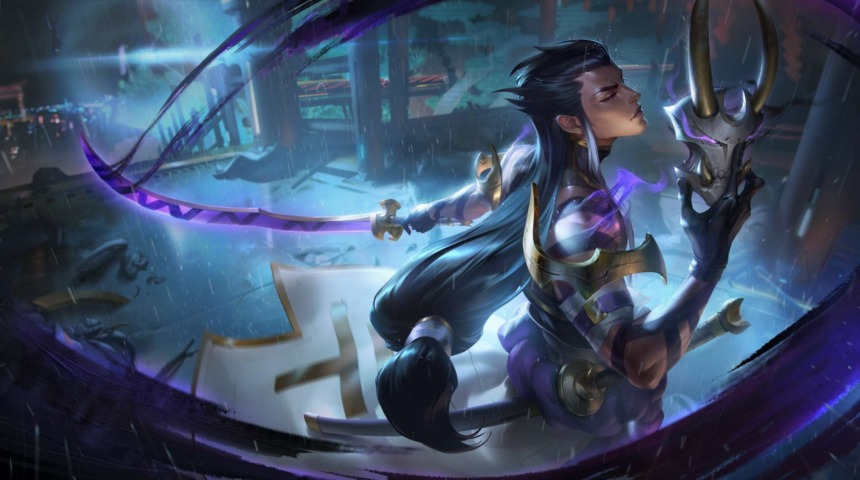The recent cancellation of “The Last of Us Online” has left fans reflecting on what could have been, particularly with the demise of the beloved Factions multiplayer mode. Originally introduced in the 2013 PS3 version, Factions was a unique and engaging online multiplayer experience that set itself apart through innovative gameplay mechanics in The Last of Us universe.
Factions’ Unique Appeal
Factions allowed up to eight players to collaborate and compete in objective-based game types, incorporating resource gathering and interrogations for added depth. Despite its brilliance, Factions struggled to gain the recognition it deserved, possibly due to early perceptions of being a tacked-on feature or its departure from traditional multiplayer modes.
The Series of Heartbreaks
Factions enthusiasts faced disappointments as the PS3 servers were shut down in 2019, leaving the PS4 port as the only official means to access the mode. Hopes for a Factions successor in The Last of Us Part 2 were shattered when Naughty Dog confirmed the absence of online multiplayer in the sequel. While promises were made regarding the team’s dedication to Factions, these assurances eventually pointed towards the now-canceled The Last of Us Online project.
Lingering Memories and Dwindling Servers
As time passes, Factions fans are left with memories and a dwindling community on the PS4 servers. While not technically “nothing,” the unfulfilled potential of a Factions successor weighs heavily on the community that once held high hopes for the beloved multiplayer mode.
The Industry’s Shift to Live Services
The cancellation of The Last of Us Online raises questions about the industry’s shift towards live service games and the pressure on studios to create titles designed to be the sole focus for players over extended periods. Naughty Dog’s position, known for acclaimed single-player games, highlights the challenges faced by studios in navigating this evolving landscape.
Lost Opportunities and Cruel Realizations
The cancellation also prompts reflections on lost opportunities. The time spent planning, developing, and ultimately canceling The Last of Us Online could have been invested in delivering multiple Factions multiplayer modes or enhancing existing versions. The disillusionment felt by Factions fans becomes particularly poignant in the face of what could have been.
A Hope for Change
The abrupt end of The Last of Us Online sparks hope that such decisions may steer the industry back towards smaller, unique multiplayer modes without the pressure to generate exorbitant revenues. However, for Factions fans, this hope may offer little comfort as they face the prospect of enduring years with Factions symbolizing what once was, rather than an actively enjoyed multiplayer experience.
In conclusion, the demise of The Last of Us Online and the abandonment of the cherished Factions multiplayer mode serves as a bitter reminder of the challenges faced by studios in navigating the evolving landscape of the gaming industry.




